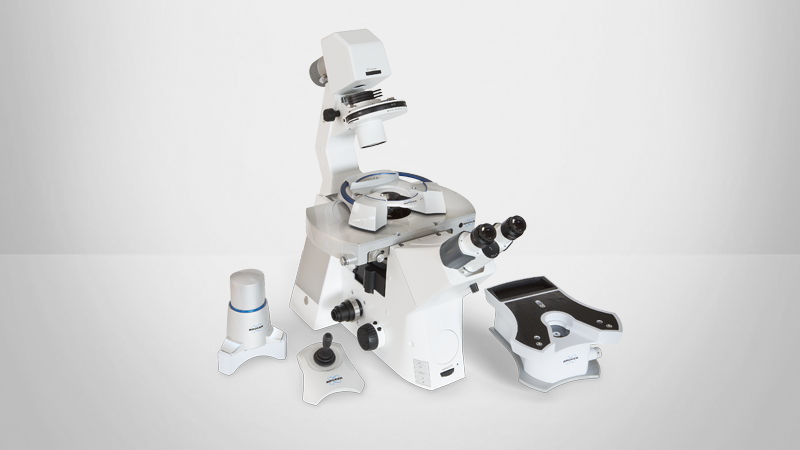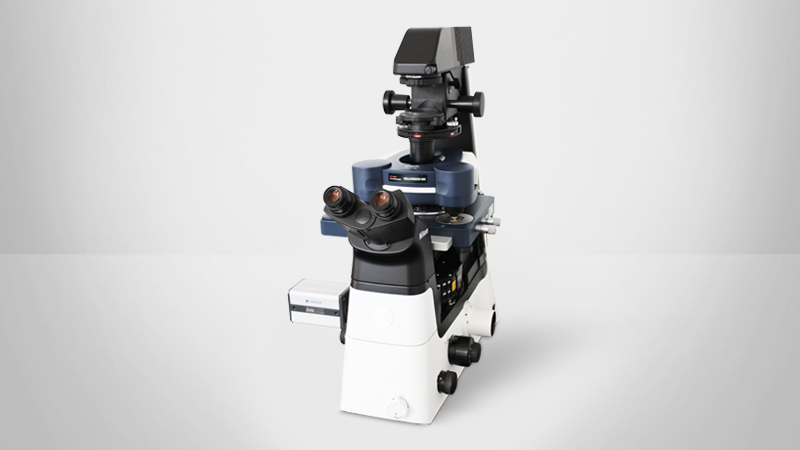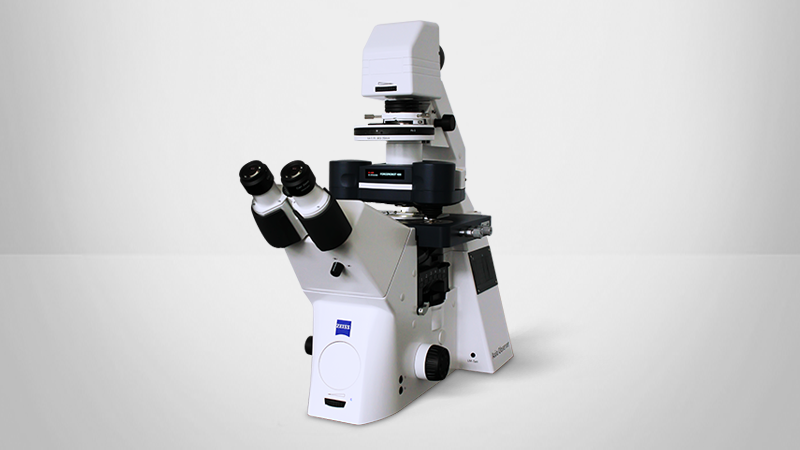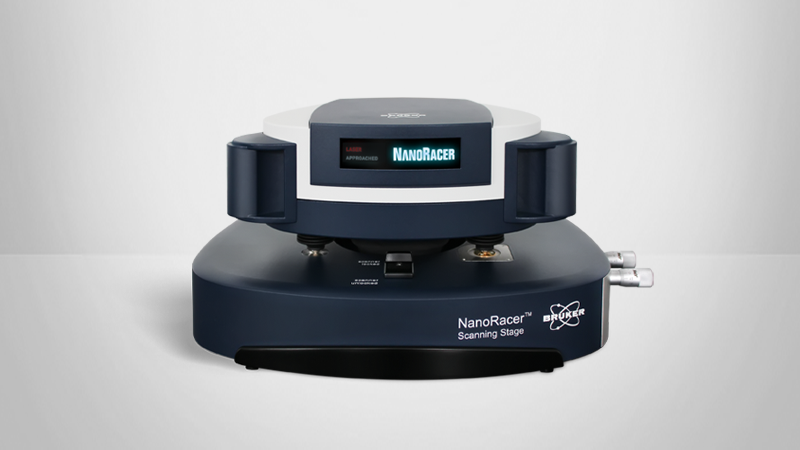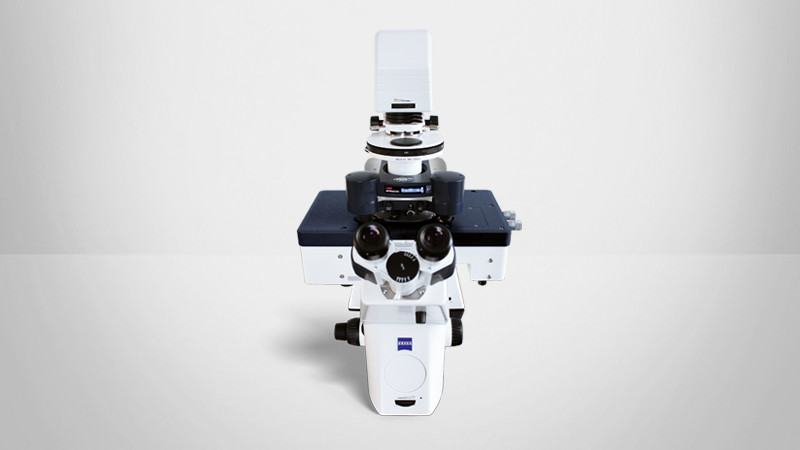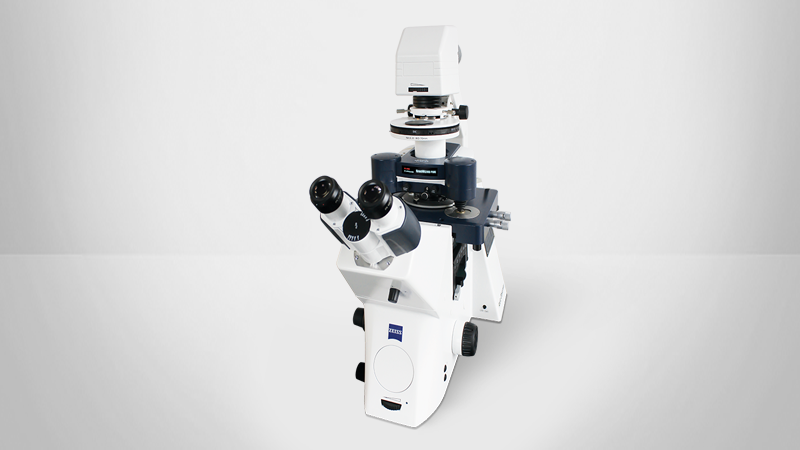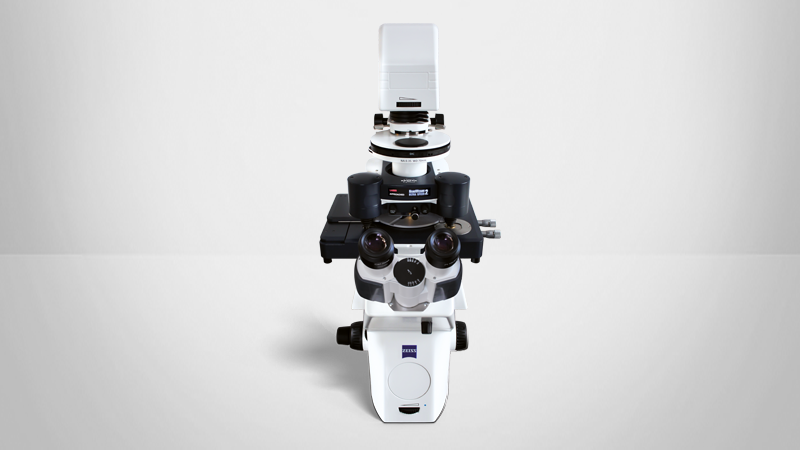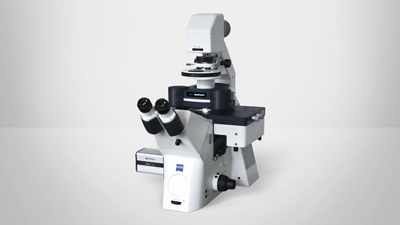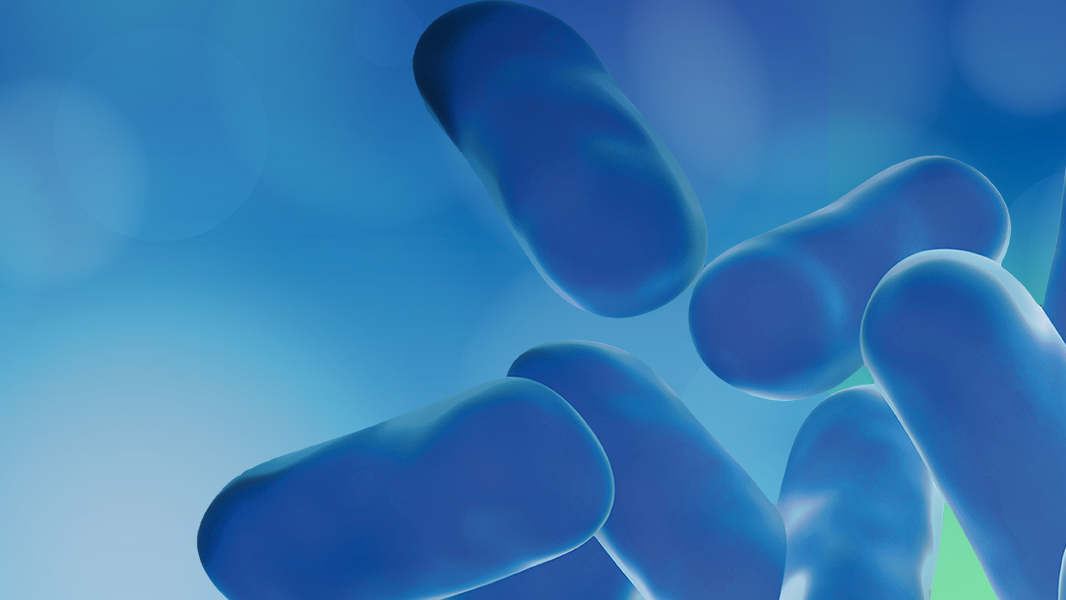BioAFM Journal Club
Top articles using Bruker's BioAFM technology delivered direct to your inbox.
Our Journal Club is meant to be a helpful tool that keeps you up-to-date on the newest in Atomic Force Microscopy for Life Science research and to assist you in discovering articles you may have missed.
Members of our BioAFM Journal Club receive brief reviews of select papers and direct links to the full article.
OTHER ARTICLES RECENTLY REVIEWED INCLUDE:
- Entropic repulsion of cholesterol-containing layers counteracts bioadhesion by Jens Friedrichs et al. | DOI: 10.1038/s41586-023-06033-4
- Customized Scaffolds for Direct Assembly of Functionalized DNA Origami by Esra Oktay et al. | DOI: 10.1021/acsami.3c05690
- In mitosis integrins reduce adhesion to extracellular matrix and strengthen adhesion to adjacent cells by Maximilian Huber et al. | DOI: 10.1038/s41467-023-37760-x
... and many more.
